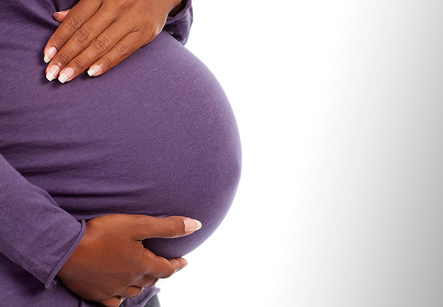Blastocyst Transfer
Introduction
An embryo that has developed for five to six days after fertilisation becomes a blastocyst. This procedure of blastocyst transfer enables culturing of embryos in the laboratory incubator to the blastocyst stage before they are transferred to the womb. It is then followed by selection of one or two of the best quality blastocysts, which then are implanted into the woman’s womb. A blastocyst must successfully attach itself to the wall of the womb to establish pregnancy.
Inclusion criteria for blastocyst transfer:
The procedure of blastocyst transfer is being offered at many IVF (in vitro fertilisation) clinics, thus helping to improve chances of pregnancy after single embryo transfer. This is particularly useful for younger women with a good prognosis for pregnancy from IVF. Patient may get advised by his doctor to opt for blastocyst transfer if she has produced good quality embryos in her previous IVF cycles, which could not implant in the womb successfully. It is not normally recommended for women who produce fewer than normal healthy eggs.
Iran ranks first in the region in terms of infertility treatment studies

How the procedure of blastocyst works:
This blastocyst transfer procedure is almost similar to normal embryo transfer in the uterus. The only difference lies in the timing of transfer. The normal embryos are implanted after two to three days. However, in this case embryos are developed for five to six days before transfer.
Risks involved in the blastocyst transfer:
A general thumb rule is the younger the age of women whose eggs are being used, the better are the chances of success.
It is not necessary that every embryo in laboratory will develop into a blastocyst. Some embryos stop developing after four cell stage or day two and halt to grow after that. Sometimes embryologist suggests the consultant to transfer a transfer of two to three day old embryo rather than taking the risk of having no blastocyst to transfer on day five or six.
A single blastocyst is usually transferred due to risk of having multiple births. This care must be taken in normal embryo transfer also.
Statistics of having a baby with blastocyst transfer procedure:
A general thumb rule is the younger the age of women whose eggs are being used, the better are the chances of success. The reason behind this is that the female fertility diminishes with increasing age.
In one study, for women undergoing stimulated IVF using fresh blastocysts created with their own eggs, the percentage of cycles reaching blastocyst transfer that reaches to a live birth was:
1. 47.9% for women aged under 35
2. 44.6% for women aged between 35-37
3. 34.1% for women aged between 38-39
4. 26.8% for women aged between 40-42
5. ** for women aged between 43-44
6. ** for women aged over 44
(** Percentages are not calculated where there are less than 50 cycles reaching blastocyst transfer.)
The Significance of Blastocyst Transfer:
Normally in any standard in vitro fertilization (IVF) technique, a woman’s eggs are retrieved and fertilized. Then the embryos are transferred into the uterus after three days. Generally four or more embryos are transferred in hope that at least one of them will result in live birth. This is because it is difficult to predict on day three which embryos are more likely to produce a pregnancy. This approach generally in order to attains acceptable pregnancy rates.
The disadvantage of this technique is that a few times all the retrieved embryos become viable resulting in high-order multiple gestations (triplets or greater). Such pregnancies may result in significant medical, financial and emotional consequences. In this case the couple concerned has to confront with the situation of taking a decision of selectively reducing the embryo or continue with the risk. Even after taking utmost precautions to avoid such risky situations, the distressing reality is that multiple pregnancies sometimes do occur.
In case of blastocyst transfer, only two or three embryos are transferred. This eliminates the possibility of accepting multiple gestation (triplets or greater). The pregnancy rates are similar to those achieved when four or more embryos are transferred on day three of fertilisation. Some centres report attaining even better pregnancy rates with blastocyst transfer in womb.